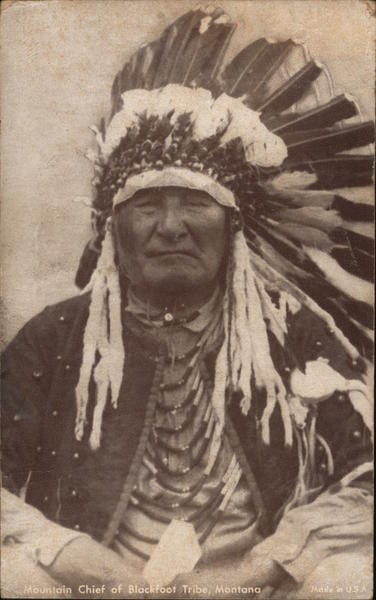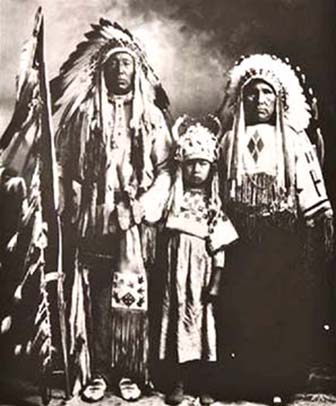Introduction
The authentic faces of North America are often overlooked in broader discussions of history and culture. While many people are familiar with names like Apaches, Sioux, Cherokees, and Cheyennes, it is essential to recognize that numerous other Indigenous groups also played significant roles in the continent’s history.

Diverse Indigenous Cultures
The Blackfeet
Among the many Indigenous groups, the Blackfeet stand out for their fierce resistance against colonization and their rich traditions. Historically, they inhabited the northern Great Plains, primarily in what is now Montana. Their culture revolves around the buffalo, which provided sustenance and materials for shelter and clothing. The Blackfeet have a deep spiritual connection to the land and the animals that inhabit it, reflected in their ceremonies and storytelling traditions.

The Arapaho
The Arapaho are another significant Indigenous group, known for their profound connection to the plains and the buffalo. They traditionally inhabited areas of present-day Wyoming and Colorado. The Arapaho people have a rich cultural heritage, including unique dances, songs, and rituals that honor their relationship with nature. Their historical resilience and adaptability are evident in their ongoing efforts to preserve their cultural identity in the face of modern challenges.

The Navajo
The Navajos are perhaps one of the most recognized Indigenous groups, renowned for their exquisite weaving, pottery, and intricate silverwork. Their homeland spans parts of Arizona, New Mexico, and Utah, and their culture is deeply intertwined with the land. The Navajo Nation is the largest federally recognized tribe in the United States, and their language, customs, and beliefs continue to thrive. The Navajo have a rich spiritual tradition that emphasizes harmony with nature, family, and community.

Unrecognized Contributions
Despite their rich traditions and contributions to the fabric of North American society, many people remain unaware of these authentic Indigenous cultures. The historical narratives often focus on a few prominent tribes, neglecting the diverse array of Indigenous peoples who have inhabited the continent for thousands of years. Each group possesses unique languages, histories, and cultural practices that have contributed to the diverse tapestry of North America’s Indigenous heritage.
Conclusion
By exploring and acknowledging the diversity among Indigenous peoples, we can foster a greater appreciation for their histories, cultures, and contemporary issues. It is crucial to promote a more inclusive narrative of North America that honors the authentic faces of its Indigenous peoples. Recognizing their contributions not only enriches our understanding of history but also supports efforts toward cultural preservation and social justice for Indigenous communities today.
